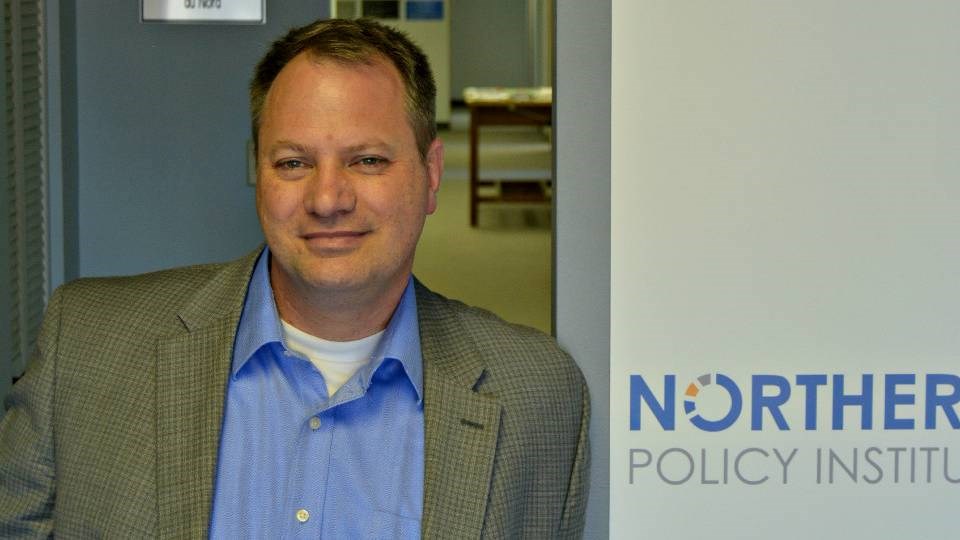The federal Rural and Northern Immigration Pilot (RNIP) has proven highly successful in attracting new people to rural and northern Canada. RNIP has been so successful that the federal government is moving to make it a permanent program. Could Ontario learn from and mirror this success? Absolutely.
Both Northern Policy Institute and the Conference Board of Canada have long said that a portion of the Ontario Immigrant Nominee Program (OINP) could easily be used to support a provincial rural and northern initiative. That point is even more valid today since the OINP saw a massive expansion in 2023, from 9,750 nominees in 2022 to 16,500 in 2023. The current goal is to grow that number to 18,000 in 2024.
Ontario could create a rural and northern program by matching the figure originally promised by the federal government: an allocation of 500 spots annually for each of the five regions now covered by the RNIP. It would be better, however, for Ontario to exceed Canada’s efforts to date. Beginning with 2,000 spots for northeastern Ontario, and 1,000 for northwestern Ontario — including 500 for the Kenora-Rainy River area — you could then add a further 6,000 spots: 2,000 each for central, eastern, and southwestern Ontario. That would still leave 9,000 OINP spots for the GTA.
For Northern Ontario there is an added bonus to making this adjustment to the OINP immediately. We would be able to take advantage of the local capacity that has been developed to promote local immigration targets — and to process local immigration applicants — through the RNIP program and its local coordinators. It is true that this capacity is still in its infancy and is not yet reliably funded. But the capacity is there and can be expanded.
For that matter, the time to add the OINP allocation is now, while the various RNIP coordinators work with Canada, Ontario, and local authorities to secure reliable and sufficient budgets going forward. Not after these discussions are completed.
Now, some may ask why does rural and northern Ontario even need a dedicated allocation from Ontario’s OINP? We need the set-aside from the provincial program for the same reasons that Ontario needs a provincial set-aside from the federal numbers.
First, the OINP is the best access point for low- and medium-skilled immigrants to Ontario. Unlike most other federal immigration streams, OINP is directly tied to local labour markets and actual job offers. It isn’t designed to attract doctors to drive cabs. It is designed to recruit truckers to feed mines and mills. It brings in retail and hospitality workers to keep malls and motels open. It brings framers, roofers, and labourers to build the houses we all need.
Second, the OINP, is currently — as with Canadian immigration more generally — dominated by large urban centres. Between 2010 and 2019, OINP had a cumulative cap of 36,750. Northern Ontario secured just 1.35 per cent of this allocation, or 495 nominees. The OINP has been adjusted over time, and there is now a “northern” and “rural” advantage built into the point scoring for OINP applicants. But let’s just consider for a moment the size of this so-called “advantage.”
If you visit the OINP main website, a scoring system is presented. If you scored the maximum points on every category listed, including the max points for a Northern Ontario location, your total score would be 118 points. If the only difference between you and another perfect candidate was that you wanted to be located in Northern Ontario and they didn’t, they would get 116 points. That would fall to 111 if they were in the GTA (outside Toronto), and 108 if they wanted to live in Toronto proper.
Two points. That’s the current “northern advantage” built into the OINP. The “rural advantage” is only an additional five points. The opportunity to create a REAL rural and northern incentive, one that has been proven to work right here in Ontario, is ripe for the taking. If Ontario is serious about attracting newcomers in all regions of the province, a dedicated rural and northern allocation from the OINP program is the quickest, easiest, and most effective way to make that happen.
Charles Cirtwill is president and CEO of Northern Policy Institute, an independent, evidence-driven think tank with operations in Thunder Bay, Kirkland Lake, and North Bay.




